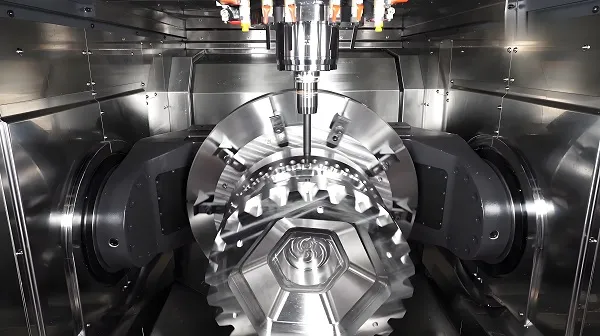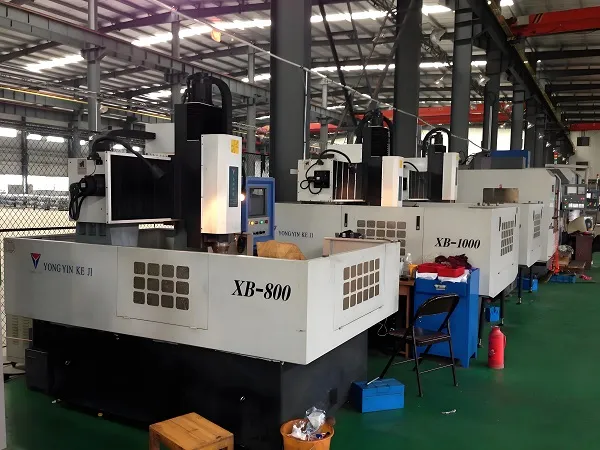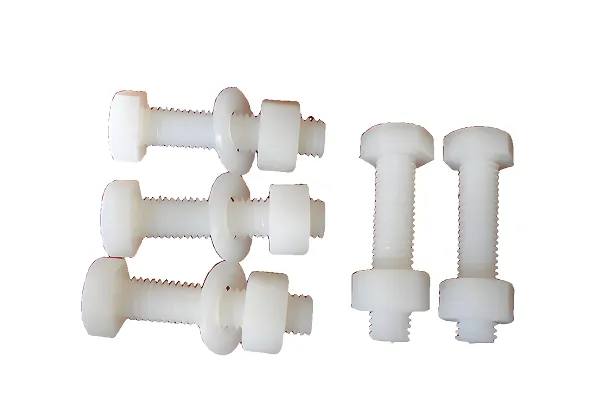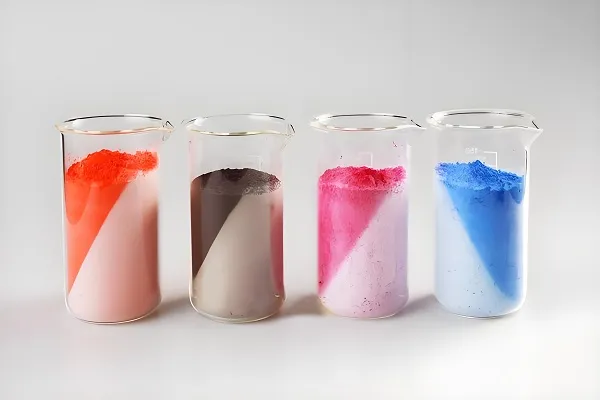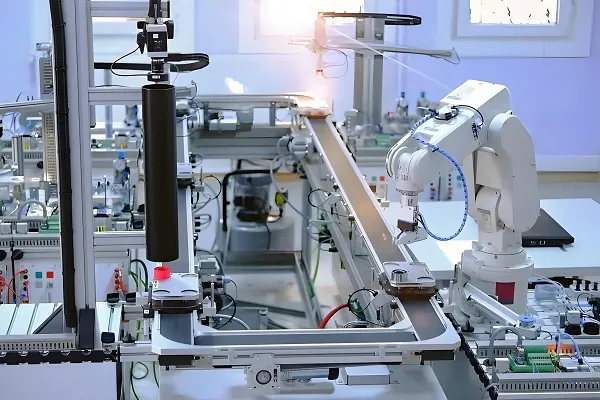As an important tool in modern industrial production, injection molds are widely used in many fields such as home appliances, automobiles and medical devices. Its high efficiency, high precision, good repeatability, flexibility and economy make it an indispensable part of plastic products production. The purpose of this paper is to comprehensively study the process of injection molds, manufacturing difficulties, the application scope and characteristics of molds made of different materials, the commercial value of customized molds, and how to optimally customize injection molds.
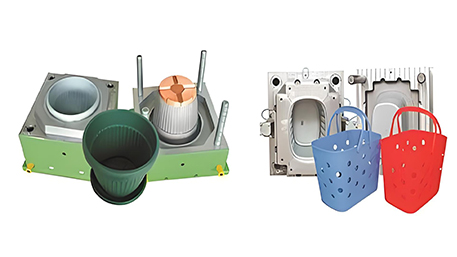
1. Injection Mold Process
The process of injection mold mainly includes mold structure design, material selection and heat treatment, pouring system design, molding parts design, cooling system design, and repair and maintenance.
2. Mold structure design
Mold structure design is the basis of the whole design work, need to consider the shape of plastic products, size, material, production batch and production process requirements and other factors. Reasonable mold structure should not only meet the molding needs of the product, but also need to consider the processing and manufacturing of the mold, maintenance and other factors, so it is more difficult.
3. Material selection and heat treatment
Different plastic materials have different requirements for mold materials, while the selection of mold materials also needs to consider the service life of the mold and processing costs. In addition, the heat treatment of the mold is also critical, improper heat treatment process and parameters will affect the hardness and wear resistance of the mold.
4. Casting system design
Casting system is a key part of injection molding, the design needs to consider the structural characteristics of plastic products, material properties and production process and other factors. At the same time, it is also necessary to ensure the flow balance, exhaust and stability of the pouring system to ensure the smooth progress of injection molding.
5. Molding parts design and cooling system design
The design of molding parts directly affects the shape and dimensional accuracy of plastic products, and needs to consider factors such as wear resistance and corrosion resistance. The design of the cooling system is related to the temperature control of the mold, need to ensure that the heat dissipation effect and uniformity, in order to improve production efficiency and product quality.
6.Manufacturing difficulties
Difficulties in the manufacture of injection molds are mainly reflected in the high-precision, complex structure of the mold processing and manufacturing. For example, the manufacture of large cover part molds and precision molds requires not only high-precision processing equipment, but also advanced manufacturing technology and strict process control. In addition, the selection of mold materials and heat treatment is also a key link in the manufacturing process, which directly affects the service life and performance of the mold.
7. The application scope and characteristics of different material molds
Injection molds are made of various materials, including metal molds (such as steel molds), non-metallic molds (such as epoxy resin molds), and so on. The application scope and characteristics of different material molds are different.
8.Metal molds
Metal molds, especially steel molds, have the characteristics of high strength, high hardness and high wear resistance, which are suitable for mass production and high precision requirements of plastic products. However, metal molds are more costly and have a long processing cycle.
8.1 Non-metallic molds
Non-metallic molds, such as epoxy resin molds, have the characteristics of low cost, short processing cycle and easy to manufacture complex structures, which are suitable for small batch production and product development stage. However, their service life is relatively short and they are not suitable for long-term high-load production.
9. The commercial value of customized molds
The commercial value of customized injection molds is mainly reflected in the following aspects:
Meet personalized demand: custom molds can be designed and manufactured according to the specific needs of customers to meet the requirements of the plastic products to meet the market’s personalized needs.
Improve production efficiency: through customized molds, the production process can be optimized to improve production efficiency and reduce production costs.
Enhance product quality: customized molds have high manufacturing precision and repeatability, which can produce high-quality and high-consistency plastic products and enhance the market competitiveness of the products.
Promote technological innovation: the manufacturing process of customized molds requires continuous technological innovation and research and development to promote enterprise technological progress and product upgrading.
How to optimally customize injection molds
10. The ideal process of customized injection molds includes the following steps:
Determine the design requirements: According to the size, shape and material of the required plastic products, determine the specifications and design requirements of the mold. At the same time, consider factors such as production efficiency and cost.
Selection of manufacturer: Find experienced, competent and reputable manufacturers, especially those with experience in manufacturing the specific type of mold required.
Signing Contract: Clarify the details of the mold’s specifications, design, price, payment method, delivery date, etc. and sign a formal contract to ensure the rights and interests of both parties.
Manufacturing and Testing: Manufacturers use computer-aided design (CAD) software to design the molds and manufacture the components of the molds with equipment such as machine tools or CNC machine tools. After manufacturing, debugging and testing are performed to ensure that the molds work properly.
Acceptance and Production: Upon receipt of the mold, acceptance and testing are performed to ensure the quality and performance of the mold. Once testing is complete, production can begin using the molds and attention is paid to the care and maintenance of the molds to extend their service life.
Conclusion
As an important tool in modern industrial production, injection molds are complex and difficult to manufacture, but they have high commercial value. Through reasonable mold design and manufacturing process, it can meet the personalized demand for plastic products in different fields and improve production efficiency and product quality. In the future, with the continuous progress of science and technology and the continuous development of industrial production, the application range of injection molds will be further expanded, and the manufacturing technology will continue to innovate and improve.

